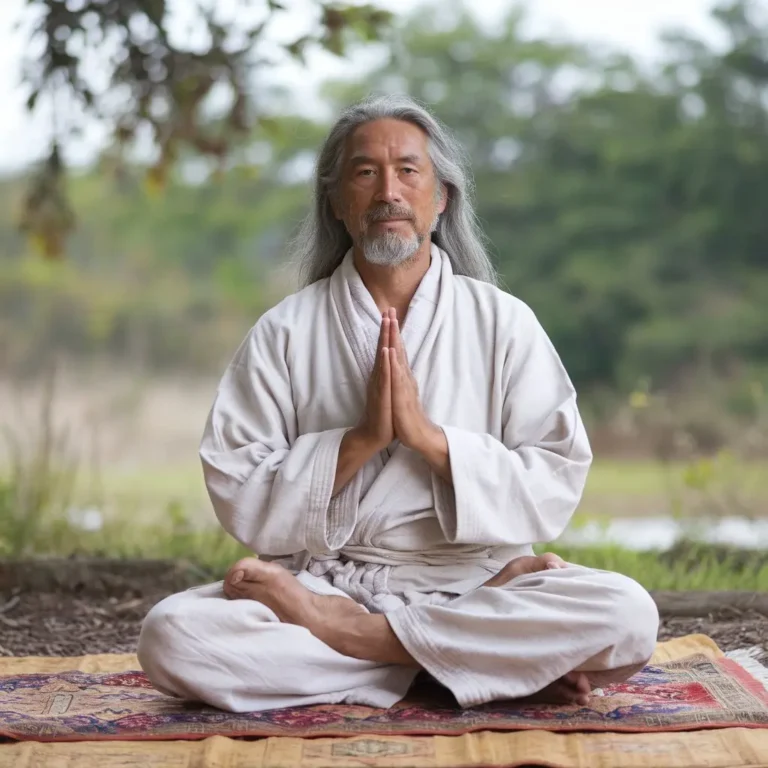What are benefits of top form of exercise that originated in ancient india nyt
Ancient India is the birthplace of many forms of exercise. These practices, rooted in tradition, offer numerous health benefits. Let’s explore the top exercises that have stood the test of time and understand their advantages.
Yoga: The Ancient Practice for Mind and Body
Yoga is one of the most popular exercises today. It originated in India over 5,000 years ago. This practice combines physical postures, breathing techniques, and meditation. It is well known for its mental and physical health benefits.
Strengthens the Body
One major benefit of yoga is its ability to strengthen the body. Different poses target various muscle groups. Whether it’s holding a plank or a warrior pose, yoga helps build endurance and muscle tone. This makes the body stronger over time.
Increases Flexibility
Flexibility is another key advantage of yoga. Many poses focus on stretching and improving the range of motion. Regular yoga practice helps the body become more limber. Increased flexibility reduces the risk of injury during other physical activities.
Enhances Balance and Coordination
Yoga also improves balance and coordination. Balancing poses like tree or eagle help develop stability. As a result, practitioners experience better control over their body movements. This is especially beneficial as we age.
Reduces Stress
One of the most well-known benefits of yoga is its ability to reduce stress. The combination of deep breathing and meditation calms the mind. Yoga promotes relaxation and mental clarity. This can lead to lower levels of anxiety and tension in daily life.
Pranayama: The Art of Breathing for Better Health
Pranayama is a form of controlled breathing that originated in ancient India. It is an essential part of yoga practice. This exercise focuses solely on the breath and its flow. Many health benefits come from regular pranayama practice.
Boosts Lung Capacity
Pranayama helps improve lung function. Different breathing techniques, such as alternate nostril breathing, increase lung capacity. With more oxygen entering the body, overall energy levels rise. This makes the body feel more active and refreshed.
Increases Oxygen Supply
Breathing exercises also increase the oxygen supply to the brain. This enhances mental clarity and concentration. People who practice pranayama regularly report improved focus and cognitive function. It sharpens the mind and reduces mental fatigue.
Supports Heart Health
Pranayama can also benefit the heart. Controlled breathing slows down the heart rate and lowers blood pressure. This helps the cardiovascular system function better. Practicing pranayama regularly contributes to a healthier heart and reduced risk of heart disease.
Reduces Stress and Anxiety
Pranayama is a powerful tool for reducing stress and anxiety. By focusing on the breath, it helps quiet the mind. The steady rhythm of deep breathing has a calming effect on the nervous system. This reduces feelings of anxiety and promotes relaxation.
Meditation: The Ancient Path to Mental Wellness
Meditation has been practiced in India for thousands of years. It focuses on mindfulness, awareness, and inner peace. This ancient exercise offers several benefits for both the mind and body.
Improves Focus and Concentration
One of the main benefits of meditation is improved focus. By sitting quietly and observing the mind, we train our brains to stay focused. This practice improves concentration over time. As a result, people feel more productive and attentive in their daily lives.
Promotes Emotional Health
Meditation also promotes emotional well-being. Regular practice encourages self-awareness and acceptance. People become more attuned to their thoughts and feelings. This helps them manage emotions more effectively. In turn, this leads to a more balanced and positive outlook on life.
Enhances Sleep Quality
Many people turn to meditation to improve their sleep. By calming the mind before bed, meditation helps reduce insomnia. It prepares the body for restful sleep by slowing down racing thoughts. As a result, people wake up feeling refreshed and well-rested.
Lowers Stress Levels
Like yoga and pranayama, meditation is an excellent stress reliever. It encourages deep relaxation and mindfulness. With regular practice, stress levels decrease significantly. This helps people cope better with the challenges of modern life.
Ayurveda-Based Exercises: Nurturing the Body and Mind
Ayurveda is a traditional Indian system of medicine. It emphasizes balance and harmony between the body and mind. Some exercises based on Ayurvedic principles promote overall well-being.
Increases Vitality
Ayurveda-based exercises are designed to increase vitality. These movements focus on improving circulation and energy flow. As a result, practitioners feel more energetic and alert throughout the day. This increased vitality boosts both physical and mental performance.
Balances the Doshas
According to Ayurveda, each person has a unique body type, or “dosha.” Exercises tailored to an individual’s dosha promote better health. When the doshas are balanced, the body functions optimally. This prevents illness and supports long-term well-being.
Detoxifies the Body
Ayurveda emphasizes the importance of detoxification. Many exercises in this tradition focus on stimulating the lymphatic system. This helps the body remove toxins and waste products. In turn, it enhances overall health and prevents disease.
Kalari: The Martial Art of Strength and Discipline
Kalari is an ancient Indian martial art. It is one of the oldest forms of exercise in the world. Kalari focuses on strength, flexibility, and discipline. This makes it a comprehensive workout for both the body and mind.
Builds Strength and Stamina
Kalari exercises involve dynamic movements that build strength. Practitioners develop strong muscles and increased stamina. This makes them more resilient and physically capable.
Improves Agility and Reflexes
Kalari also improves agility and reflexes. The quick, fluid movements require precise coordination. As a result, practitioners develop faster reflexes and better body control. This makes Kalari an excellent way to improve physical agility.
Promotes Self-Discipline
Kalari is not just about physical strength. It also teaches self-discipline and mental focus. Practitioners must stay focused on their movements and remain in control of their emotions. This discipline carries over into other aspects of life.
Conclusion
The top forms of exercise that originated in ancient India offer a wide range of benefits. Yoga strengthens the body, increases flexibility, and reduces stress. Pranayama improves lung capacity and supports heart health. Meditation enhances focus, emotional well-being, and sleep quality. Ayurveda-based exercises promote vitality, balance, and detoxification. Kalari builds strength, agility, and self-discipline.
Incorporating these ancient exercises into your routine can lead to improved health and wellness. They not only benefit the body but also nurture the mind and soul. Whether you seek to increase strength, reduce stress, or improve your overall well-being, these practices offer something for everyone. Ancient Indian exercises are truly a gift to modern fitness.







